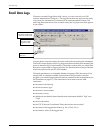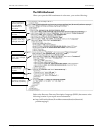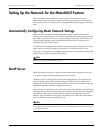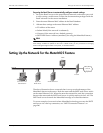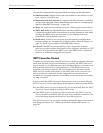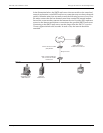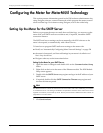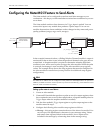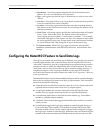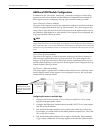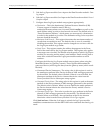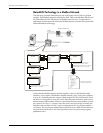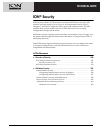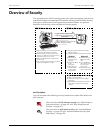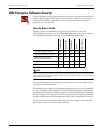
Configuring the MeterM@il Feature to Send Data Logs ION 7500 / ION 7600 User’s Guide
Page 244 MeterM@il Internal Email Server Feature Technical Note
Destination – this string register identifies the alert’s destination email
address. You can use a maximum of 50 characters.
Type – this register specifies the type of destination you wish to alert; select
“Email.”
Com Port – this register allows you to specify the communications port that
is used to email the alert; select “Ethernet.”
Location – this string register identifies the meter that is sending the alert,
and defaults to the network meter name. You can change the default; use 60
characters maximum.
Email From – this string register specifies the email address that will appear
in the “From” field on the email. The default value of this register is
A
LERT<ALERT MODULE NUMBER> @ <METER SERIAL NUMBER> — for example,
Alert3@PK-9910A010-00. This register will have to be altered in cases where
the receiving SMTP server only accepts emails from valid Internet domains
(i.e. SomeName.COM). This string may be up to 80 characters long.
5. Click Send and save. When the Trigger input is pulsed, the Alert module
establishes communications with the SMTP mail server, and emails the alert
message.
Configuring the MeterM@il Feature to Send Data Logs
The Log Export module can send data logs in different ways, though only email is
currently implemented. This section discusses the ION modules involved in a
“data push” framework, plus the corresponding setup registers that you need to
configure in order to utilize the MeterM@il feature in the framework. The term
“data push” refers to the action of the Log Export module sending data logs. A
complete description of the Log Export module and the other ION modules
involved in the framework can be found in the online ION Programmer’s Reference
at www.pwrm.com.
The MeterM@il feature requires that an additional framework be created in Designer
before you can configure your meter to use the Log Export feature. Each “data push”
framework includes the following:
A Data Recorder module that records the values in its Source inputs each time it
is pulsed and stores these values in its Data Log output register.
A Log Export module that retrieves information from the Data Recorder
module’s Data Log register and sends the data to a specified destination.
A module that sends values to the Data Recorder module (e.g. Power Meter
module or a Modbus Import module).
A Periodic Timer module that triggers the Data Recorder module to record the
values it is sent.
A module that triggers the Log Export module to send the logged data (e.g. a
Clock or Periodic Timer module). This module is optional, because the Data
Recorder module’s Record Complete output register can be configured to trigger
the Log Export module to send data logs. When this is the case, the data logs are
emailed at the same interval that the Data Recorder module records new data.



